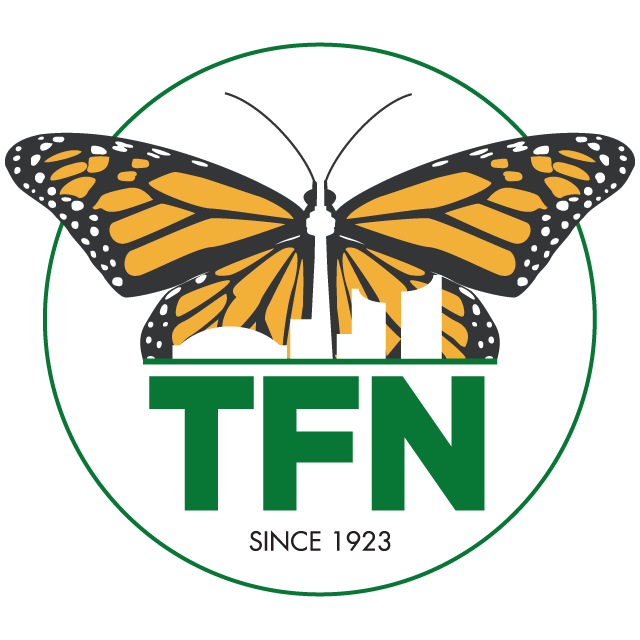As fall arrives, millions of migratory birds begin their journey south, but city lights disorient them during nighttime flights, putting them at risk. By taking simple steps to reduce light pollution, you can help ensure their safe passage and protect them from window collisions. Every action counts!
Each year, billions of birds migrate across North America, with an estimated 25 million birds fatally colliding with windows during their journey. This is especially problematic during fall migration, when many songbirds travel by night. Bright city lights disorient them, increasing the likelihood that they will stray off course and collide with windows. But there are easy, effective ways to reduce these risks—while also saving energy and money.
Insects play a vital role in maintaining healthy ecosystems, serving as pollinators, decomposers, and essential links in the food web. Unfortunately, artificial lights attract and kill vast numbers of insects each year. Rather than seeking ways to eliminate them, we can prioritize their well-being by opting for insect-friendly outdoor lighting.
You can even check the BirdCast website to see how many birds are predicted to migrate over your area each night, giving you real-time insights into their movements and highlighting the urgency of these small but impactful actions.
Simple Steps to Reduce Bird Collisions
Interior Lighting
- Turn off or dim indoor lights between 10 p.m. and 6 a.m., when most birds are migrating.
- Draw blinds or curtains when rooms are in use at night to prevent light from spilling outside.
- Apply bird-safe window films or patterns to make windows more visible to birds.
Exterior Lighting
- Install shielded, downward-facing light fixtures to minimize the light visible from the sky.
- Use motion sensors or automatic shutoff systems to reduce unnecessary nighttime lighting.
- Install yellow filter on exterior lights to reduce the impact on insect
By adopting these small changes, you can help create safer nighttime skies for migrating birds. Not only will you contribute to bird conservation, but you’ll also lower your energy consumption, benefiting the environment as a whole.
For more detailed information on protecting birds from light pollution, visit BirdSafe.ca. Together, we can make a big difference for our feathered travelers.
Peter S

